Top 10 Foods with the Highest Omega 3 to Omega 6 Ratio
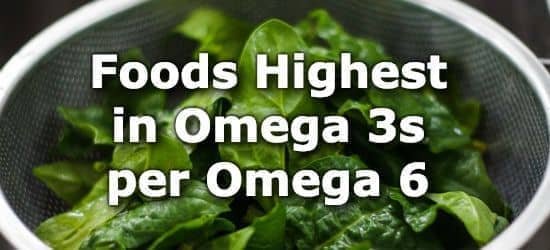
Research suggests that eating a diet with a high omega-3 to omega-6 ratio leads to a reduced risk of some cancers, cardiovascular disease, inflammation, developmental disorders, and cognitive aging. (1,2)
This article lists the foods with the highest omega-3 to omega-6 ratio, so that you can achieve a better balance in your diet.
Foods with a high omega-3 to omega-6 ratio include crab, fish (tuna, cod, salmon), mussels, rapini, spinach, flax seeds, mangoes, lettuce, and kidney beans. (3)
There is no daily value set for omega-3s, but the adequate intake (AI) per day is set at 1.6g (4,5). This target is used to calculate the AI of omega-3 for the foods in the list.
Below is a list of foods with high omega 3 to omega 6 ratios, for more, see the list of foods high in omega 3s, and the complete ranking of over 200 foods high in omega 3s per omega 6.
-
61g Omega 3 per 1g Omega 6
 1. Snow Crab (Queen Crab)
1. Snow Crab (Queen Crab)
Omega 3s per 3oz Omega 3s per 100g 0.41g
(26% AI)0.49g
(30% AI)See the complete list of seafood and fish with a high omega 3 to 6 ratio.
-
24g Omega 3 per 1g Omega 6
 2. Tuna
2. Tuna
Omega 3s in a 6oz Fillet Omega 3s per 100g 2.83g
(177% AI)1.66g
(104% AI) -
23g Omega 3 per 1g Omega 6
 3. Mussels
3. Mussels
Omega 3s per 3oz Omega 3s per 100g 0.7g
(44% AI)0.83g
(52% AI) -
6g Omega 3 per 1g Omega 6
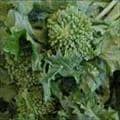 4. Broccoli Raab (Rapini)
4. Broccoli Raab (Rapini)
Omega 3s per Cup Cooked Omega 3s per 100g 0.17g
(11% AI)0.2g
(13% AI)See the complete list of vegetables with a high omega 3 to 6 ratio.
-
5g Omega 3 per 1g Omega 6
 5. Spinach
5. Spinach
Omega 3s per Cup Cooked Omega 3s per 100g 0.17g
(10% AI)0.09g
(6% AI) -
4g Omega 3 per 1g Omega 6
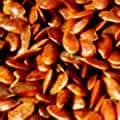 6. Flax Seeds
6. Flax Seeds
Omega 3s per Oz Omega 3s per 100g 6.48g
(405% AI)22.81g
(1426% AI)Chia seeds, hemp seeds, and walnuts are the only other seed (or nuts) with a good omega 3 to 6 ratio.
-
3g Omega 3 per 1g Omega 6
 7. Mangos
7. Mangos
Omega 3s per Cup Omega 3s per 100g 0.08g
(5% AI)0.05g
(3% AI)Papayas also have a high omega 3 to omega 6 ratio.
See the complete list of fruits with a high omega 3 to 6 ratio.
-
2g Omega 3 per 1g Omega 6
 8. Lettuce
8. Lettuce
Omega 3s per Cup Omega 3s per 100g 0.05g
(3% AI)0.08g
(5% AI) -
2g Omega 3 per 1g Omega 6
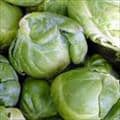 9. Brussels Sprouts
9. Brussels Sprouts
Omega 3s per Cup Cooked Omega 3s per 100g 0.27g
(17% AI)0.17g
(11% AI) -
2g Omega 3 per 1g Omega 6
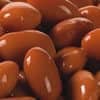 10. Kidney Beans
10. Kidney Beans
Omega 3s per Cup Omega 3s per 100g 0.3g
(19% AI)0.17g
(11% AI)See the complete list of beans with a high omega 3 to 6 ratio.
Printable One Page Sheet
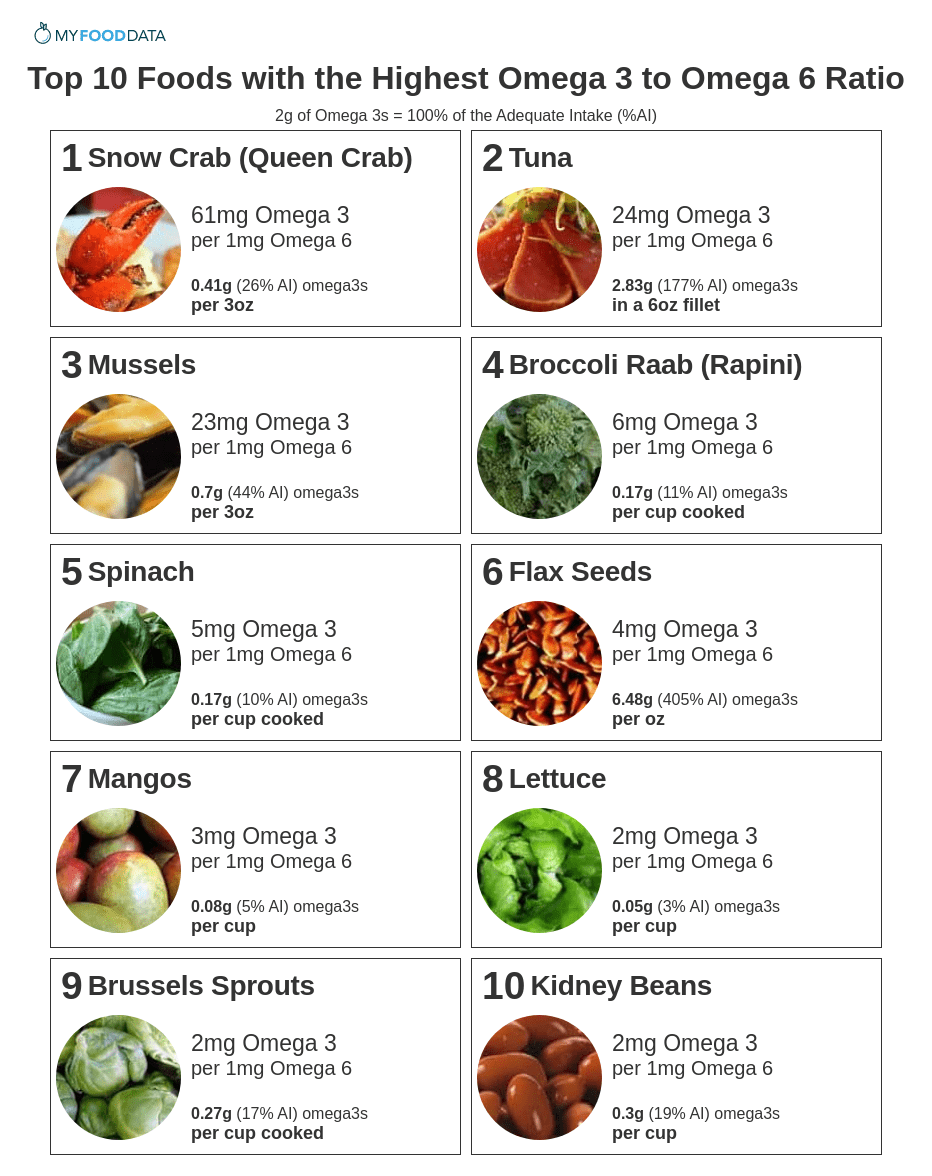
Do Leafy Greens like Broccoli Raab, Spinach, and Lettuce really have Omega 3 fats?
While it is surprising, leafy greens like lettuce and spinach do contain omega 3 fats; specifically, alpha-linolenic acid (18:3).
While a cup of butterhead lettuce only has 0.1g of fat, this is equivalent to 100mg of fat. Of those fats 0.046g or 46mg are alpha-Linolenic acid or (18:3).
Viewing the data directly from the USDA we see that 100 grams of butterhead lettuce provides even more than a cup, with 0.083g or 83mg of ALA. This is listed under 18:3 on the USDA website.
While there are many plant foods higher in Omega 3 fats, you don't want to discount leafy green as a source of healthy fats in your diet. A large salad can get you far in meeting your 1600mg recommended daily intake (RDI) for Omega 3s.
From the Nutrient Ranking Tool
Use the ranking tool links below to select foods and create your own food list to share or print.
- Foods High in Omega 3s
- Foods Low in Omega 3s
- Vegetables High in Omega 3s
- Fruits High in Omega 3s
- Vegetarian Foods High in Omega 3s
- Nuts High in Omega 3s
- Beans High in Omega 3s
- Dairy High in Omega 3s
- Breakfast Cereals High in Omega 3s
- Fast Foods High in Omega 3s
View more nutrients with the nutrient ranking tool, or see ratios with the nutrient ratio tool.
Related
Data Sources and References
- The importance of the ratio of omega-6/omega-3 essential fatty acids
- Fatty acids from fish: the anti-inflammatory potential of long-chain omega-3 fatty acids.
- U.S. Agricultural Research Service Food Data Central
- Dietary Reference Intakes for Energy, Carbohydrate, Fiber, Fat, Fatty Acids, Cholesterol, Protein, and Amino Acids. The National Academies Press.
- Oregan State University on Essential Fatty Acids
Try the recipe nutrition calculator, or daily meal planner.
Create a free account to log and track foods.

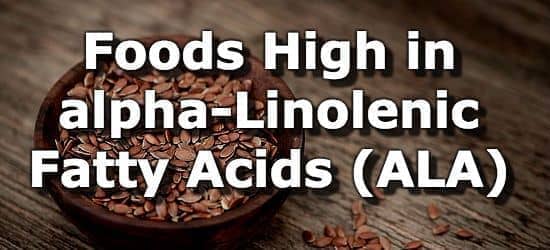 Next ➞
Next ➞